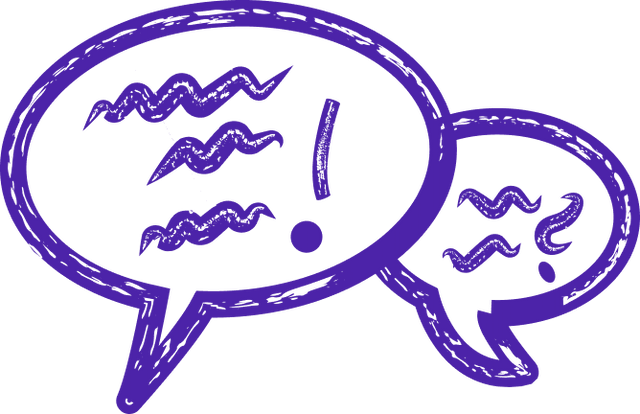
types of usability testing
Unveiling User Experience: Exploring Types of Usability Testing
Heuristic Evaluation: Expert Insights at Your Service
Imagine having usability experts evaluate your design based on established principles. Heuristic evaluation does just that. These experts assess your design, looking for potential usability issues and providing actionable recommendations. It's like having a team of experts fine-tuning your design to ensure a seamless user experience.
User Interviews: Unveiling User Perspectives
To create designs that truly meet user needs, understanding their perspectives is crucial. User interviews allow researchers to engage directly with users, gaining deeper insights into their experiences. By asking thoughtful questions, researchers uncover usability challenges and gather qualitative data that informs design decisions. It's like having a conversation with users to get to the heart of what they truly want.
Prototype Testing: Iterative Improvements
Before finalizing a design, prototype testing plays a vital role in gathering user feedback. By observing users as they interact with an early version of the design, designers can identify usability flaws, gather insights, and make iterative improvements. This type of usability testing ensures that the final product is intuitive, user-friendly, and aligned with users' needs.
A/B Testing: Finding the Optimal Solution
Determining the most effective design elements is a critical aspect of usability testing. A/B testing allows designers to compare multiple versions of a design or feature. By analyzing user behavior and preferences, designers gain data-driven insights to identify the optimal solution. It's like conducting an experiment to uncover what truly resonates with users.
Eye Tracking: Unveiling Visual Attention Patterns
Ever wondered where users look, what catches their attention, or how they navigate through an interface? Eye tracking offers fascinating insights into user behavior. By monitoring eye movements, designers gain a deeper understanding of visual attention patterns. This knowledge helps optimize layouts, information hierarchy, and visual cues, resulting in intuitive and visually engaging designs.
Remote Testing: Breaking Geographical Barriers
Remote testing overcomes geographical barriers, enabling researchers to gather usability data from a diverse range of participants. Through screen sharing, video calls, or online platforms, remote testing offers convenience and flexibility. It ensures a wider pool of user feedback, incorporating diverse perspectives into the design process and creating user experiences that resonate with a broader audience.
Usability Surveys: Quantifying User Satisfaction
Quantitative data plays a vital role in assessing user satisfaction and identifying pain points. Usability surveys, conducted through structured questionnaires or surveys, provide designers with valuable insights. Participants rate their experiences, satisfaction levels, and preferences, allowing designers to measure overall user satisfaction and prioritize areas for improvement.
By embracing a combination of these usability testing methods, designers and researchers gain comprehensive insights into user behavior, preferences, and satisfaction. Armed with this knowledge, they can make data-driven design decisions, iterate on designs, and create exceptional user experiences. Usability testing is the secret ingredient to achieving user-centric designs that leave a lasting impact.
Let’s build your next digital product — faster, safer, smarter.
Book a free consultationWork with a team trusted by top-tier companies.








